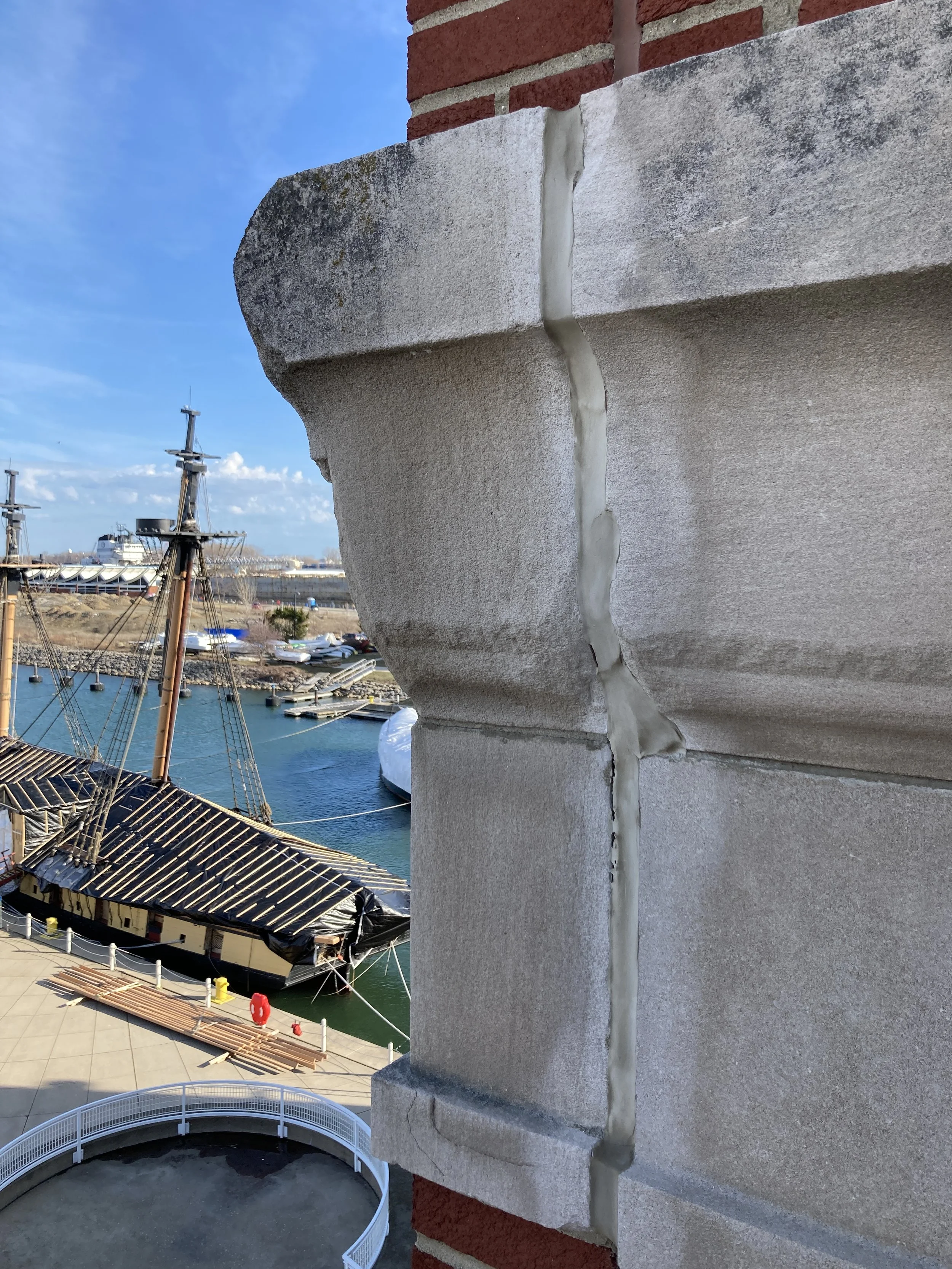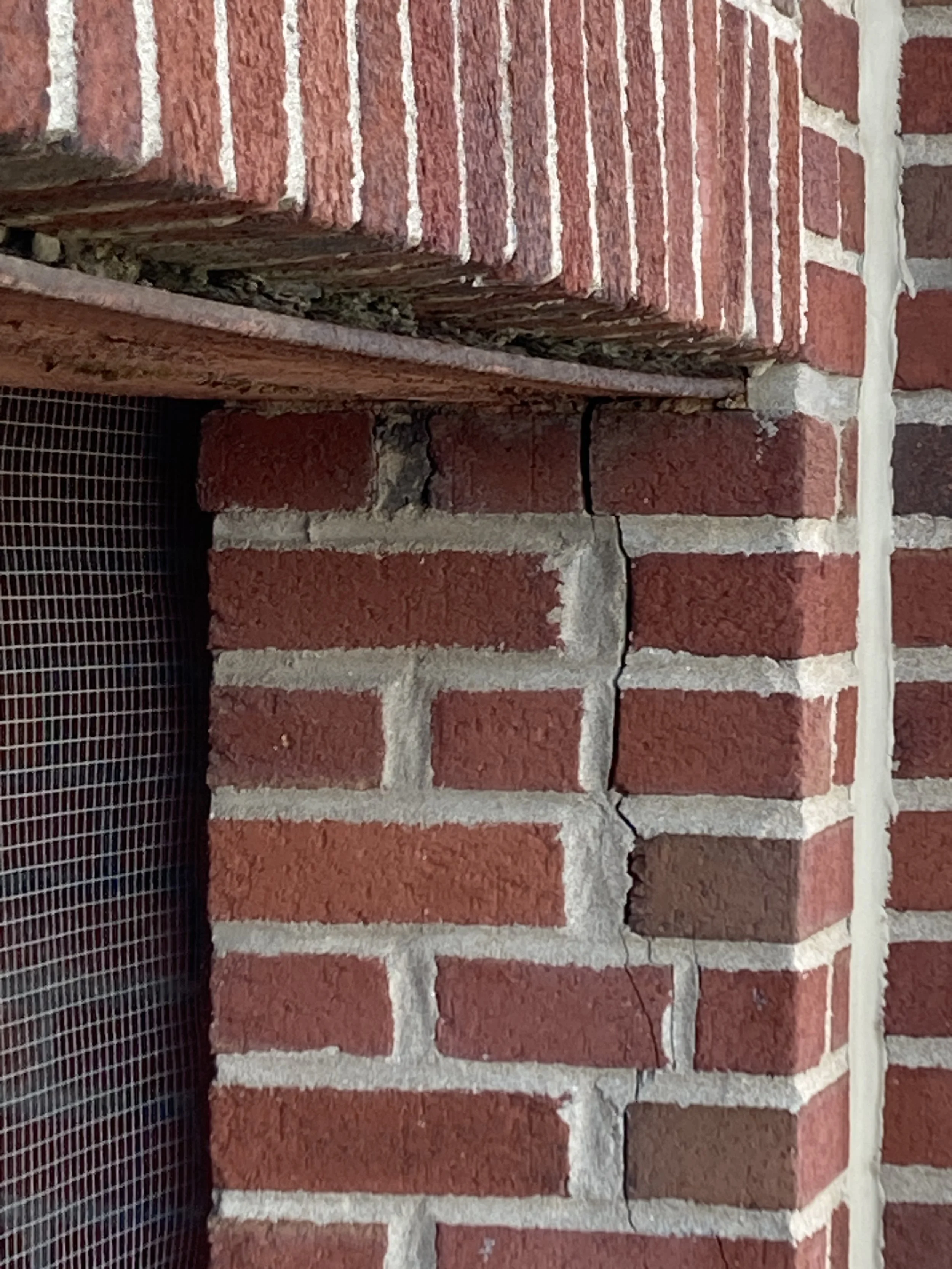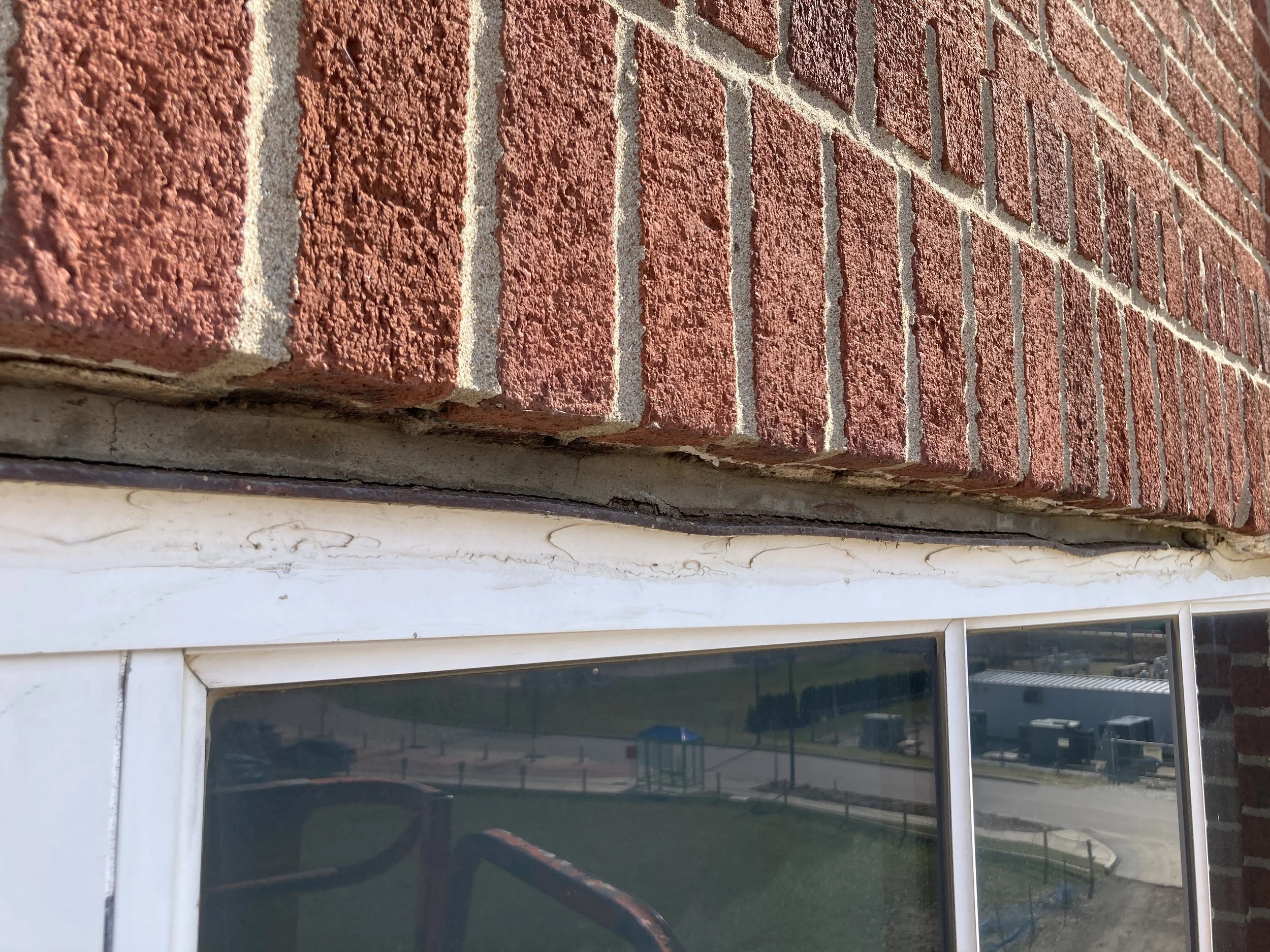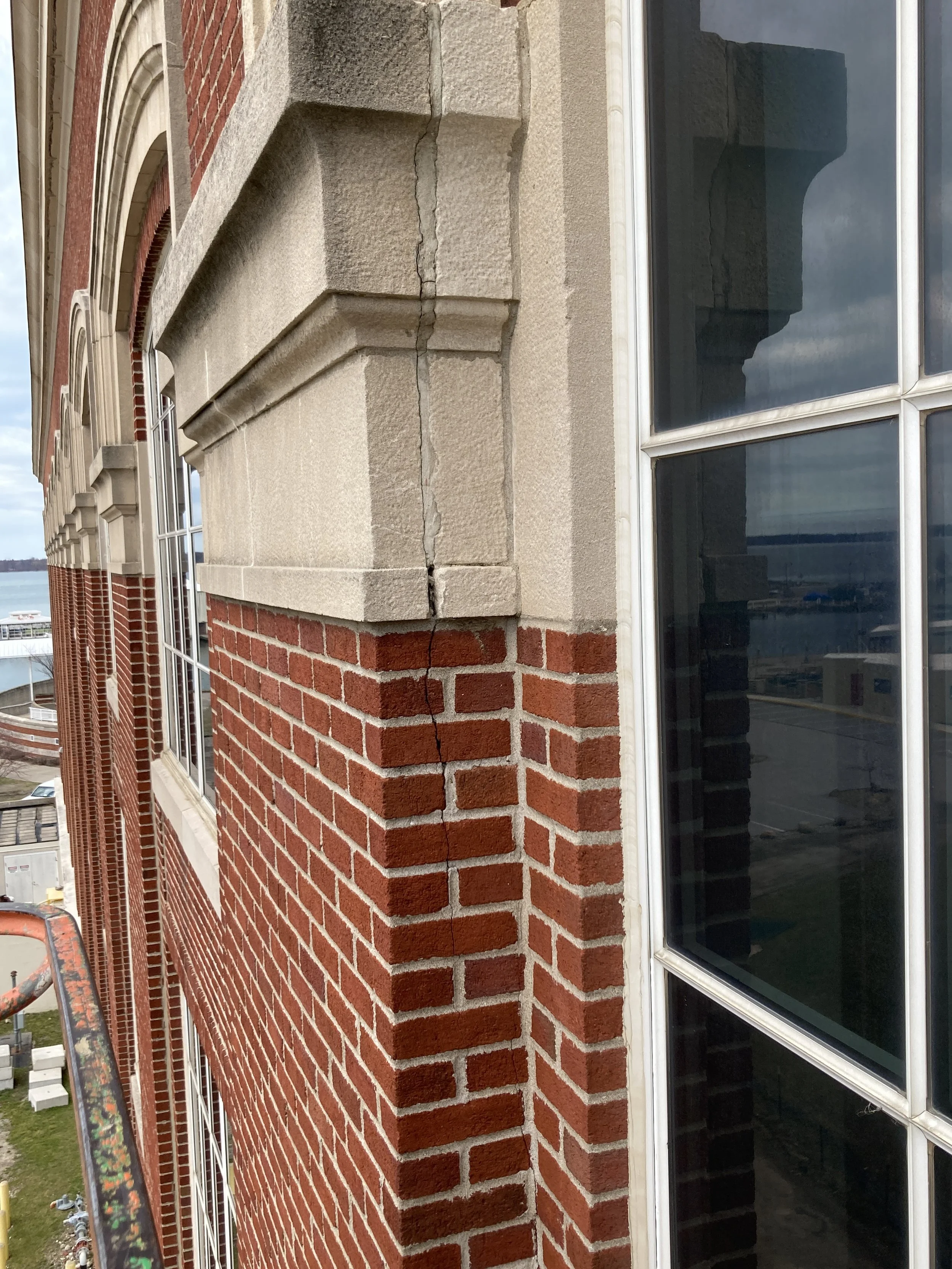portfolio
St. Nicholas Croatian Catholic Church
Pittsburgh, PA
As a member of the conservation team from 2014-2018, Teresa worked with her colleagues to clean, stabilize and reintegrate the Maxo Vanka murals at St. Nicholas Croatian Catholic Church. Painted in 1937 & 1941, these murals are considered one of Pittsburgh’s hidden gems of historic artwork. To learn more and schedule a docent tour click here.
Bronze Sculptures by Christa Heloise
Pittsburgh, PA
This pair of bronze sculptures, by Frank Lloyd Wright student Heloise Christa, resides at a private residence north of Pittsburgh, PA. Conservation treatments included gentle cleaning, removal of mineral build-up and accretions, crack infill, and applications of protective coatings. Working in tandem with Clear Story to provide pre-visualizations using 3D modeling and photography for base design and specifications, our collaborative team also provided expertise in siting the sculptures within the landscape, maximizing vantage points to enhance viewer experience. With project oversight provided by LINEAGE, Eisler Landscapes joined the team installing sculptures onto natural, boulder bases.
Renascence
Pittsburgh, PA
Pittsburgh artist Ron Bennett was commissioned by the Engineer's Society of Western Pennsylvania in 1980 to create an outdoor sculpture in commemoration of their 100th anniversary. Renascence is the result. Bennett described the sculpture as a "hard geometric form [that] is supposed to represent the hardness of business and [the] industrial background of Pittsburgh." This outdoor sculpture that stands at the entrance of the Pittsburgh International Airport is twenty-one feet tall and fabricated of aluminum plates welded and riveted together. LINEAGE was contracted to clean 31 years of pollution from the aluminum surface, restoring the matte sheen originally intended by the artist.
His Most Holy Name Church
Pittsburgh, PA
As part of a three conservator team, Teresa worked on the historic decorative ceiling at His Most Holy Name rectory in Troy Hill. Painted by a German artist, this ceiling suffered from extreme water damage. Paint and primer layers peeled away, leaving the surface crackled and fractured. Treatment included injections of adhesive along with gentle heat application to slowly regain flexibility. Attached fractures were slowly reintegrated back onto the ceiling, preserving almost all of the original historic surface.
Grandma Prisbrey’s Bottle Village
Simi Valley, CA
Grandma Prisbrey’s Bottle Village is one of few remaining female built folk art environments in California and the United States. In 1951, Tressa Prisbrey (1896 – 1988) began constructing life-size structures made from glass bottles, cement mortar, and numerous found objects. Over the next eighteen years she continued erecting small buildings, fountains, sculptures, a mosaic walkway and flower wells, slowly encompassing the entire 1/3 acre site in recycled sculpture and architecture. The evaluation of current conditions and deterioration patterns at Bottle Village is of paramount importance for its preservation. Bottle Village sits in a seismically active area of Southern California. In 1994 an earthquake centered 18 miles from Bottle Village caused irreversible damage to the integrity of the glass bottle structures. Since this time, the structurally unstable Bottle Village has remained closed to the public. In addition, the lack of regular maintenance and constant shortfall of funding have contributed to the deteriorated state of the site. A study of the materials such as glass, cement mortar and wood, and an evaluation of their deterioration mechanisms will provide a broader understanding of the exhibited building pathologies. A rapid conditions assessment survey was developed to document the current state of four extant structures through detailed analysis. The ideal outcome of this feasibility study, a systematic and methodical approach for documenting and recording the structures and conditions of a fragile and deteriorating folk art environment resulting in the stabilization, repair and conservation of Grandma Prisbrey’s Bottle Village.
Read more about this study HERE.
Cockayne Farmstead - Glen Dale, WV
As project coordinator of the Cockayne Farmstead historic wallpaper survey, LINEAGE conducted in-depth research on over one dozen different papers dating from the 1850s to the 1920s. This research provided the curator and staff with valuable insight and guidance for a historically accurate interpretation of the rural West Virginia house museum.
Trinity Cathedral
Pittsburgh, PA
The Trinity Cathedral burial ground project entailed a complete restoration and landscape reinterpretation of the 150 year old cemetery. Excavation, condition assessments, and treatments, including cleaning, epoxy injection and consolidation, were conducted and managed along with storage and reinstitution of 155 stone markers. This project highlights Teresa’s collaboration with the Architectural Conservation Laboratory at the University of Pennsylvania as well as her excellent project management skills, overseeing all aspects of a major, multi-phase conservation campaign.
Hartwood Acres Mansion
Pittsburgh, PA
The historic and landmark Hartwood Acres Mansion (b. 1927) exemplifies English Tudor style architecture. Features such as the ten exterior wood doors were designed each to be unique in form and shape, highlighting the exceptional quality of craftsmanship. Restoration of the doors was long overdue, as many doors were exhibiting UV and water damaged wood, rusting iron components, warping and dry rot. Over the course of 10 months, LINEAGE removed and methodically restored each exterior door using traditional and historically appropriate linseed oil based stain and clear coat, implementing dutchman repairs with matching quarter-sawn white oak, and reconstruction to match for one door which was beyond repair. Though linseed oil finishes take more time during the curing process, they permit better flexibility allowing the grain to expand and contract with ambient RH levels without compromising protection from the elements. Considering the tracery, carved detailing, and multi-component construction, the ability for grains to move as a system is paramount in the preservation, or longevity, of the doors. Metal components were cleaned and blackened to refresh their original aesthetic. Jambs and thresholds have also been restored in situ to match the restored finish of the corresponding door.
Cultural Landscape Survey
Borough of Sewickley, PA
The historic suburb of Sewickley, incorporated in 1853, is located approximately 12 miles northwest of Pittsburgh along the Ohio River. In 2020, LINEAGE worked on behalf of the Borough to seek Certified Local Government status, allowing access to preservation resources and funding. As part of the Borough’s current comprehensive plan, and in conjunction with the State Historic Preservation Plan, Sewickley aims to build a borough-wide historic preservation plan through implementing a cultural landscape survey led by community identified goals and a comprehensive building inventory. LINEAGE has guided the Borough of Sewickley through this entire process, obtaining $29,500 in CLG and Keystone grant funding, providing procurement and project management with local CRMs and overseeing the volunteer advisory committee for equitable representation. Coupled with a robust community engagement program, these components will form the Borough’s preservation plan, providing a framework of guiding principles to managing its historic assets, one which is balanced with community supported goals.
Heinz Hall
Pittsburgh, PA
Originally built in 1927 as a Loew’s Movie Theatre, Heinz Hall has been the home of the Pittsburgh Symphony Orchestra since 1975 and is considered one of Pittsburgh’s gems of historic decorative finishes. As Conservation Consultant during the design phase, LINEAGE worked in tandem with project architect MCF in crafting the specifications and standards for gilded and glazed finishes. During the construction phase, LINEAGE provided daily QA/QC services to ensure excellence in implementation while balancing timeline considerations. Treatments included cleaning, visually reintegrating compromised areas of historic finishes and restoration of gilded surfaces. As a result, Heinz Hall has continued to exceed visitor expectations.
Erie Maritime Museum
Erie, PA
The Erie Maritime Museum, established in 1998, is located in the original Pennsylvania Electric Company building. Built in 1917 with additions in 1926 and 1942, PENELEC ceased providing electricity and heat to downtown Erie in the 1980’s. As part of a local and state effort to revitalize the bay front, Erie County and the Pennsylvania Historical & Museum Commission entered into a joint lease for the building, committing to the rehabilitation and reuse of the turbine building along with it’s continued stewardship. Subjected to the extreme elements along Lake Erie, the west elevation has experienced water infiltration as a persistent problem. Tasked with developing an appropriate scope of work for the 108 year old building, LINEAGE conducted an inspection of the west elevation, mapping conditions including open mortar joints, vertical cracking, bowing, lintel corrosion and bio-growth. Now in construction phase, LINEAGE oversees the capital project for the building envelope entailing a 1.3 million dollar budget which addresses masonry remediation, 30 custom window replacements and ground level flood controls.
Bethesda Terrace - Central Park
New York, NY
As one of four Conservators-in-Residence with the Central Park Conservancy, Teresa had the opportunity to work on the internationally renowned Bethesda Terrace in Central Park, New York City. Each square panel of 24 encaustic tiles were removed from the ceiling, then each tile removed individually from the mortar bed. Tiles were repaired where loss occurred and reintegrated for aesthetic cohesion before reinstallation.









































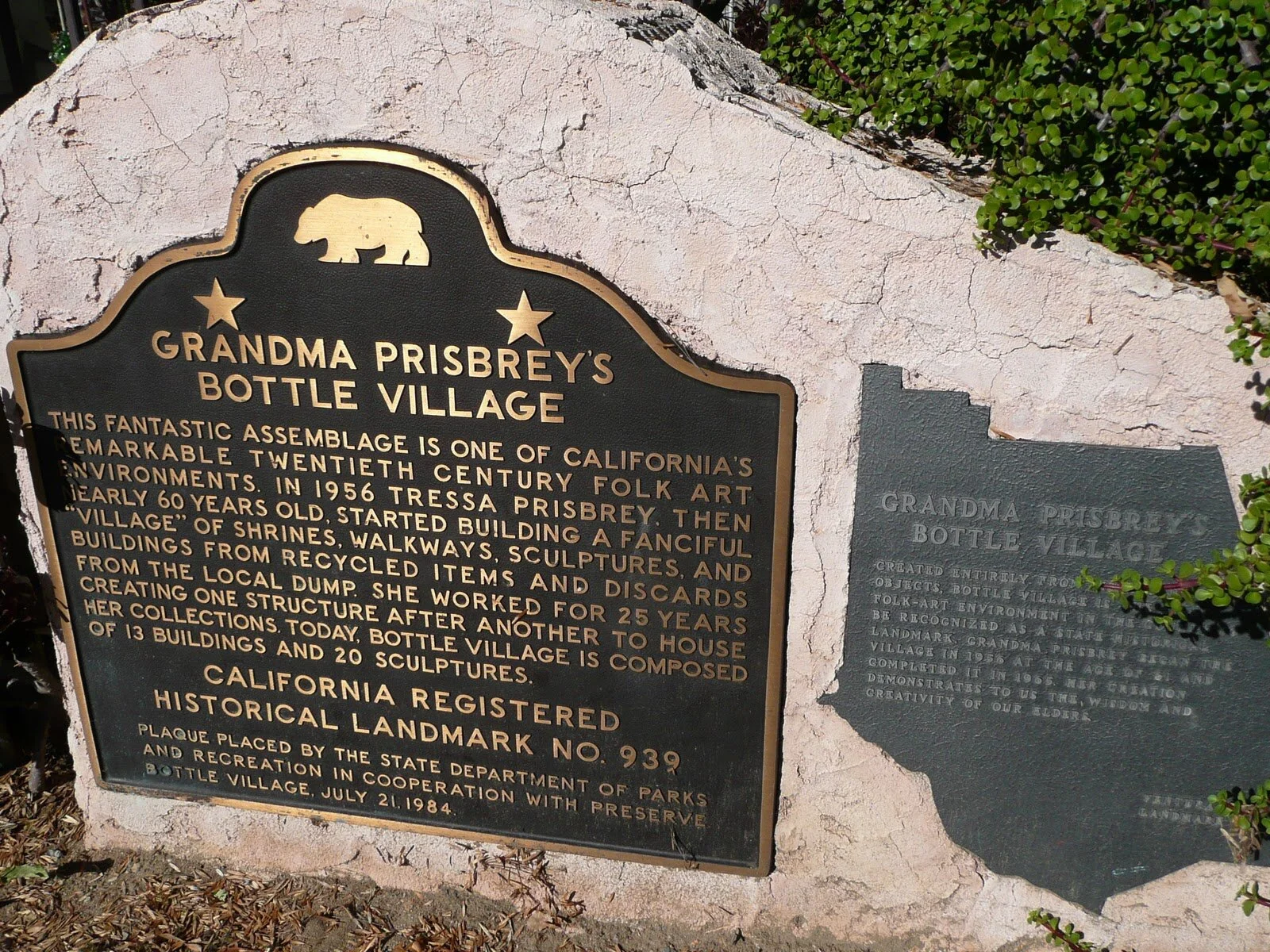











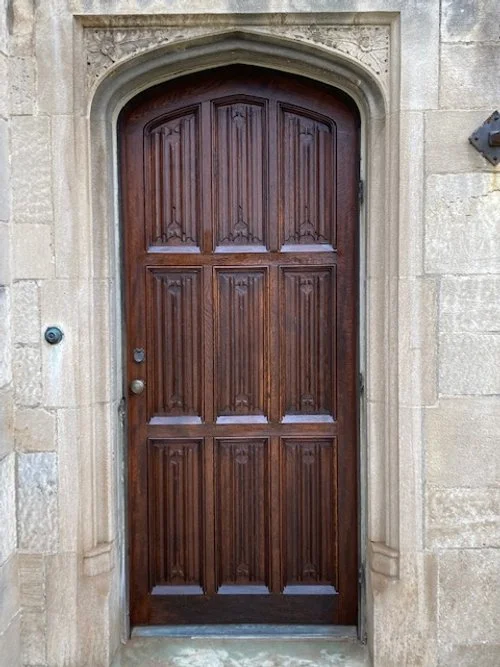
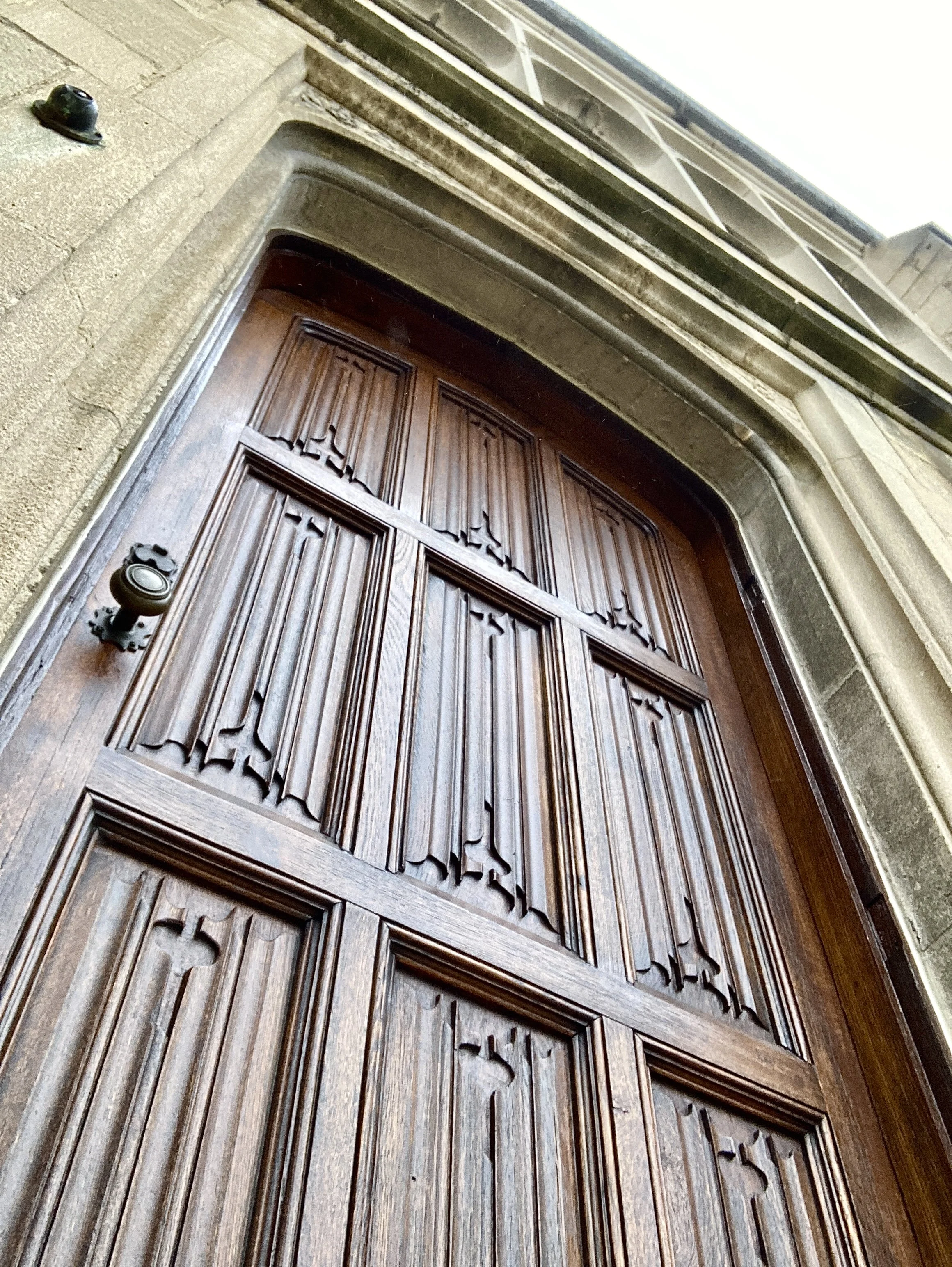







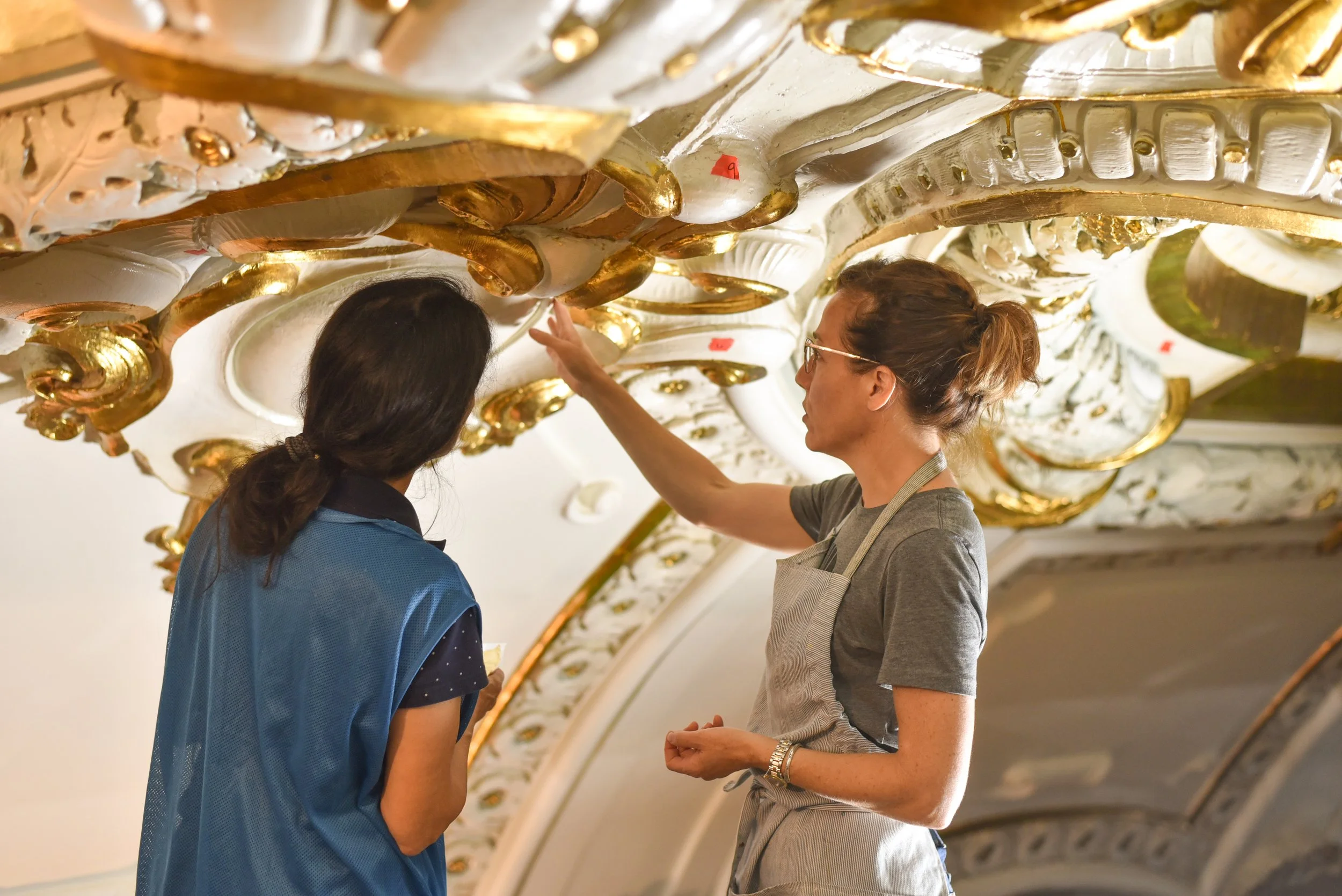












![02_0281_biogrowth[38].JPG](https://images.squarespace-cdn.com/content/v1/56d0a5d7e321405d932210c5/1739837512087-I1V996N7OXENBLXKDUOO/02_0281_biogrowth%5B38%5D.JPG)
